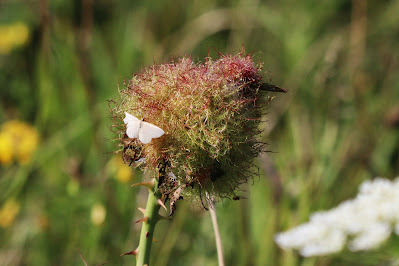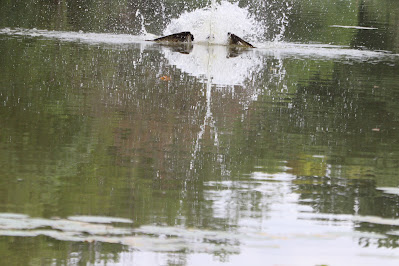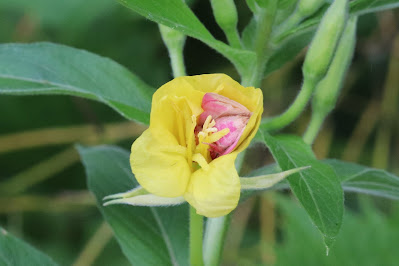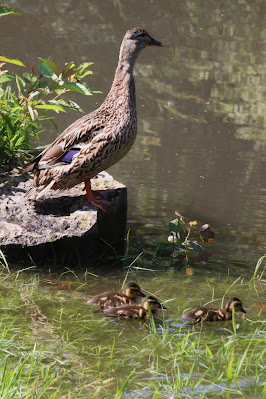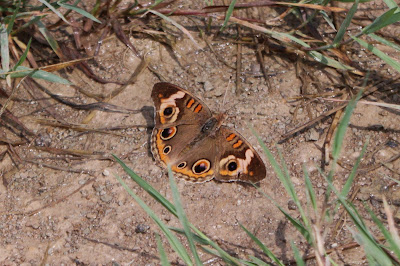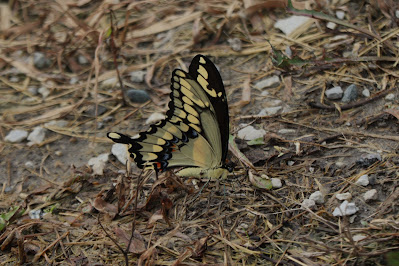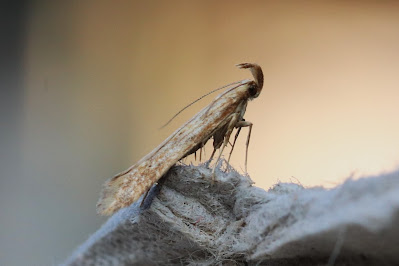Clear Creek Butterfly Count!
I participated in the Clear Creek Butterfly Count again this year. With 2 friends, we covered a section at the edge of the count circle for Clear Creek Forest Provincial Park. We had a slow start at a usually productive site. The butterflies seemed to take awhile to wake up. The first species that we saw was an Eastern-tailed Blue.
A Mossy Rose Gall with a resting geometer moth, caught my attention. The female wasp that lays her eggs on wild rose plants is only 4mm in length. A week after the eggs are laid, the larvae hatch and begin to feed on the leaf bud tissue. This activity stimulates the development by the host plant of enlarged cells in the area around the growing larvae. The larvae continue to grow through the summer and the adults will emerge the following May to repeat the cycle.
I found the medicinal uses for this gall to be interesting! Dried and powdered, the gall was used to treat colic, and was used as a remedy for toothaches. The powder mixed with honey and applied to the scalp, was thought to prevent baldness. It was also valued an an astringent and for its ability to control fluid loss: placed beneath a pillow, it was thought to induce sleep!
https://www.inaturalist.org/taxa/205320-Diplolepis-rosae
One member of our group is a member of the Thames Talbot Land Trust so we were able to walk along one of the properties.
Dense Blazing Star
Eastern Tiger Swallowtail, "twinkling" on Common Teasel!
Meadow view
Back end of a bee with very large pollen baskets!
We were under the watchful eyes of a few Turkey Vultures. Although it was hot and humid, we managed to appear active enough as to not be bothered by them. 😉
Orange Sulphur on clover.
We saw several Swallowtail species including 2 Spicebush Swallowtails. When totaling all 4 Swallowtail species, we saw 20 individuals!
Thistle seed fluff attracted American Goldfinches who didn't want to have their pictures taken.

